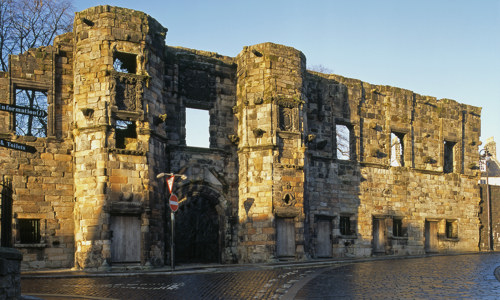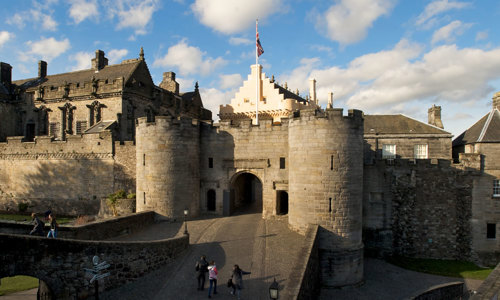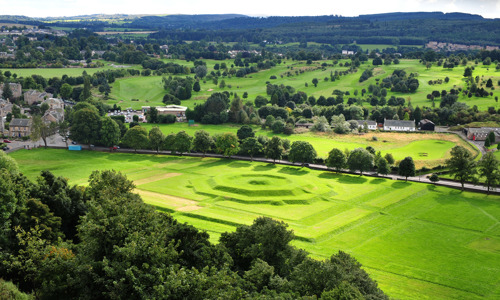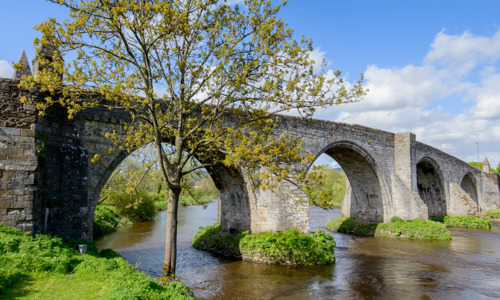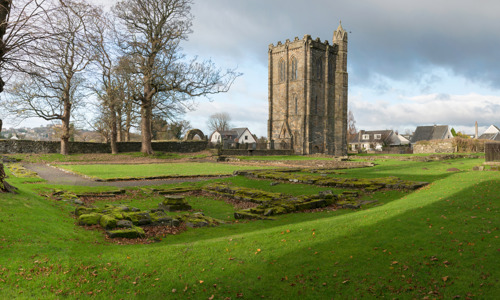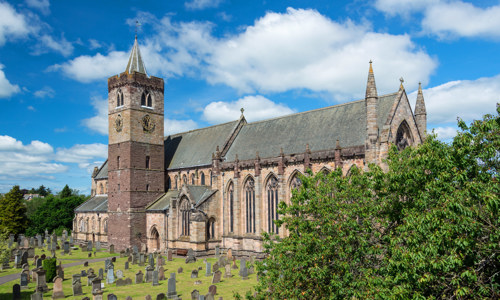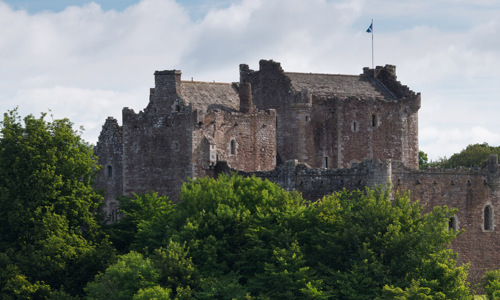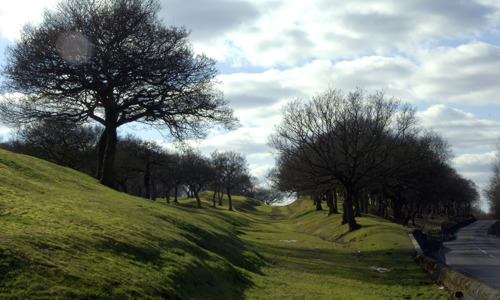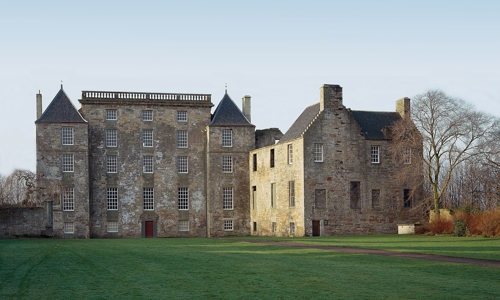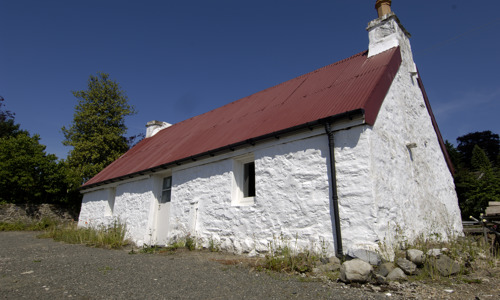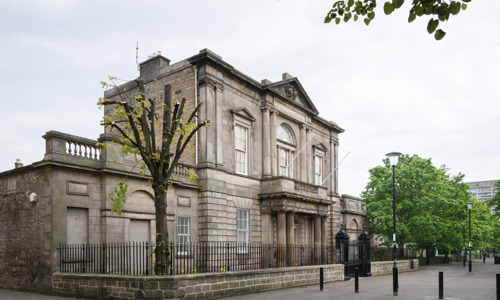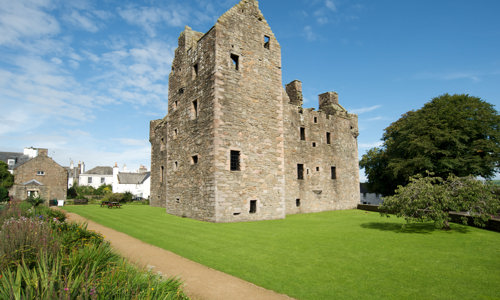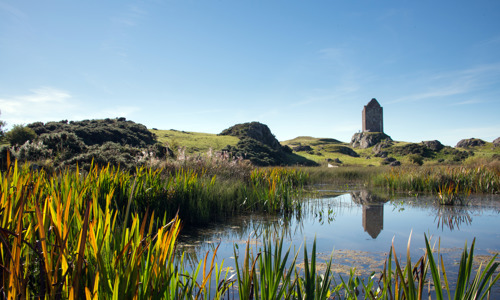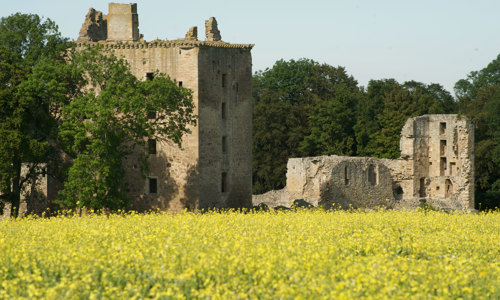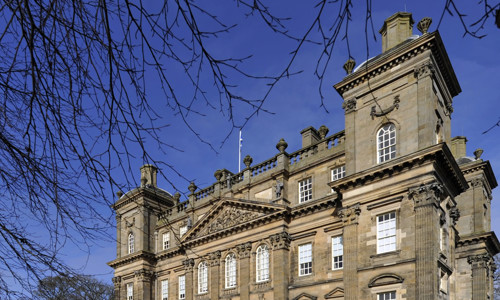History
This house fit for a king is the result of four building phases. Most of the surviving detail of Argyll’s Lodging is due to the embellishments of the 1st Earl of Stirling and the 9th Earl of Argyll. The carved and painted decoration that survives gives an unusually complete view of how the house would have looked to its successive owners.
The oldest part of the present house dates from the mid-1500s. The two-storey dwelling, with a hall on the first floor and a kitchen below, was built for John Traill, a wealthy burgess. This was soon extended to form an L-shaped tower house.
Stirling’s suites
In 1629, the house passed to Sir William Alexander, 1st Earl of Stirling and later Lord Stirling.
Expecting a visit by Charles I, he created a private palace, with fine suites of public and private rooms and a lavish exterior. The architectural finesse reflects Stirling’s wealth and political ambition at the time. But, sadly, he died insolvent in 1640.
Argyll’s adornment
The house stood empty until the 1660s, when the 9th Earl of Argyll bought it. Argyll’s main residence was at Inveraray. His Lowland residence had previously been Castle Campbell, but he thought it was too far from the public eye and too old-fashioned.
In his time as its owner, Argyll:
- extended Lord Stirling’s building to the north and south
- enclosed the courtyard behind a screen wall with an elaborate Tuscan entrance gate
- added new domestic accommodation – though the principal rooms of the house stayed the same
- had elaborate painted decoration added in the High Dining Room – similar work may have also adorned other rooms
Argyll’s inventory
In 1681, Argyll was jailed for failing to fully support the Test Act. This Act aimed to secure acceptance of the king’s supremacy in church and civil matters.
Unable to accept unlimited royal authority or denounce the Covenant (both implicit in the Act), Argyll was declared a traitor and escaped into exile. He was condemned in his absence, and executed in 1685 after leading an uprising in support of the Duke of Monmouth’s rebellion in England.
Aware of his precarious position, Argyll had drawn up two full inventories of the contents of his Stirling townhouse and turned his possessions over to his wife. The inventories give us an invaluable insight into the contents of an aristocrat’s house in the 1600s.


